Table of Contents
Bonsai, a Reflection of Nature’s Beauty
Bonsai are trees and plants that are grown in containers in a way that makes them appear even more exquisite than when they are left to grow naturally. As such, bonsai cultivation is both a classic Japanese art and a very creative pastime. It also serves as a lovely example of the Japanese’s sensitive regard for all living things and a reflection of their aesthetic. Compared to growing potted flowers, it’s a lot more work and takes a larger commitment. The term “bonsai” was originally used in a poem in the middle of the fourteenth century, but image scrolls from as early as 1309 show evidence of earlier bonsai culture. About three centuries later, during the Edo era (1603–1867), it was loved by a wider audience.
The Diversity of Bonsai Species
As bonsai, a wide variety of trees and shrubs are used. Essentially, a bonsai can be made out of any plant that can be grown in a little container. The most well-liked kinds include the shohaku pines, which have leaves that change color in the fall, maples, cherry and plum blossom trees, and fruit-bearing trees, such as quince and persimmon. Varieties that are most adapted to the local climate are employed in nations other than Japan. The trees can reach heights of up to one meter (3.3 feet) or be as little as a hand’s width.
Exploring Bonsai Styles
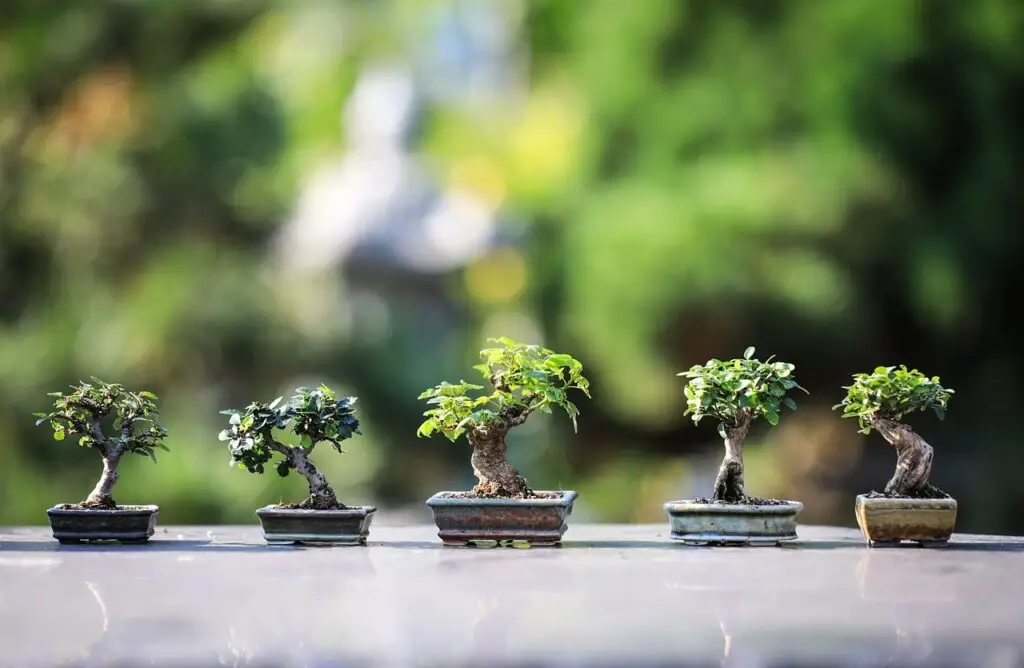
There are numerous fundamental bonsai styles. Shakan-style bonsai trees have a slanted trunk that leans to one side, moyogi-style trees have curved S-shaped trunks, and kochan-style bonsai trees have a straight trunk with branches that extend left, right, front, and behind in well-balanced way. Strong winds can form trees with bent trunks and branches that grow only in one direction, known as fukinagashi style. Conversely, kengai-style trees curve downward and are found in places with steep slopes, such as cliffs. All varieties of bonsai trees have a preferred tree shape, but the most crucial thing to remember is to let the tree express its uniqueness.
The Art of Bonsai Container Selection
Just as people choose clothes in which they look good, choosing containers that best suit the trees in terms of size, shape, and color allows the bonsai to be seen in the loveliest light.
The Ever-Evolving Nature of Bonsai
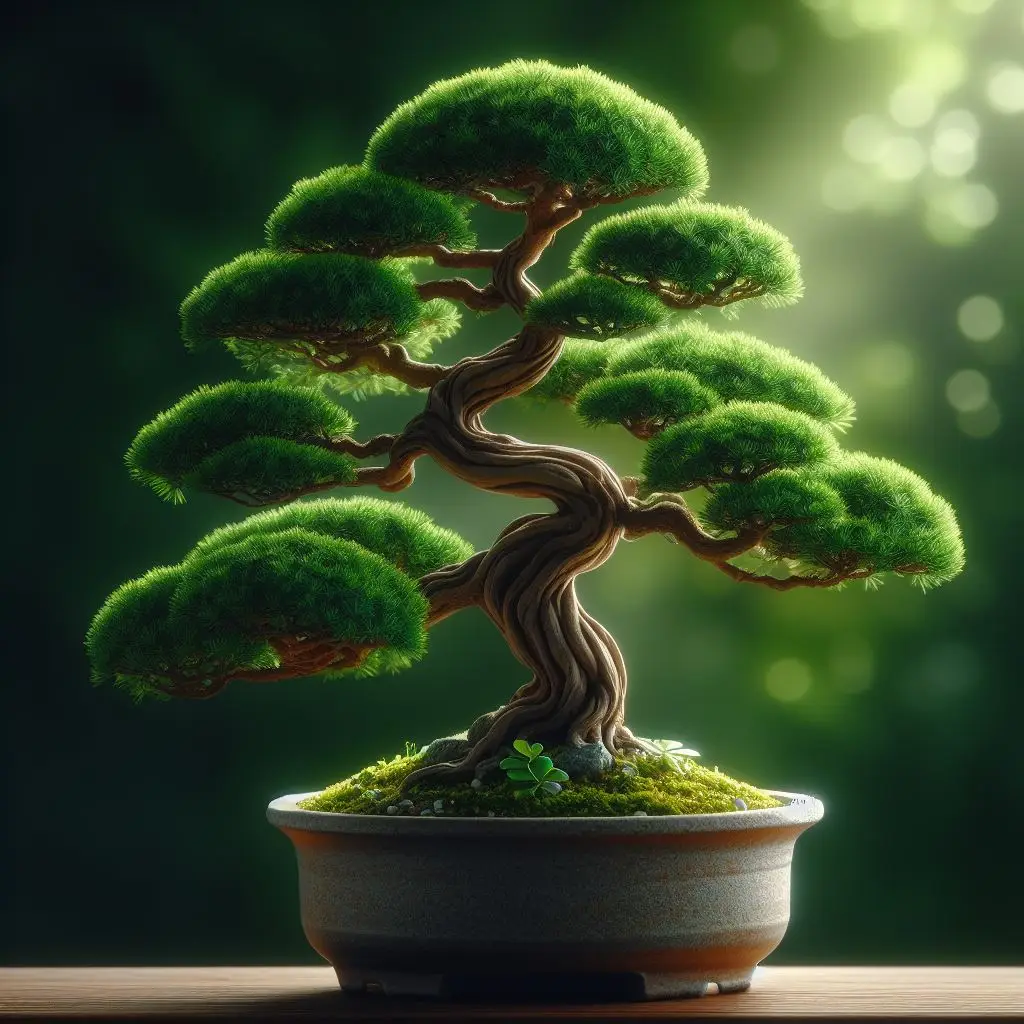
Why do people cultivate bonsai? You can only gaze at it; it’s not much more useful than that. Bonsai differs from other art forms in that it is as beautiful as a painting or sculpture. Is it because you go to care for it and are continuously associated with it? In contrast to a sculpture or painting, which ends when it is completed, a bonsai continues to grow. The allure of bonsai as an artistic medium lies in its perpetual motion. There’s no real definition for these. It just indicates that a potted plant is Japanese, but it has a purpose—in my opinion, evoking an emotional reaction from the observer. A bonsai should transport you to a specific period and location in your mind or memory.
Long-Term Vision in Bonsai Cultivation
Having to project five, ten, twenty, or thirty years ahead of time is something I really enjoy. What kind of work does the tree currently need in order for me to accomplish my end aim five or ten years from now? It’s completely changed my perspective on life in general, but I like that part of multitasking where you have to really plan everything out and think way in advance about how to actually build the final piece of art that kind of emerges from all of the techniques that we apply year after year. If I do this to the tree now, how will it look once I actually get it to the design that I want?
The Importance of Bonsai Tree Cultivation Techniques
The foundation of bonsai is trimming and shaping, but not just any old trimming and shaping. It must be done artistically, and since it’s only a tiny replica of a larger tree, we can replicate the giant oak trees you see on a smaller size. They can live just as long as or longer than a full-sized tree in the wild, and they typically do so because they are well-maintained. Many people believe that bonsai are mistreated and don’t receive enough water to keep them small, but in reality, their owners probably take the best care of them because you have to keep them extremely healthy because you’re constantly pruning and tending to them. If they are not in excellent health, they just wilt and pass away. how efficiently the roots can draw up water and nutrients.
How to Start A Bonsai Tree
In Conclusion: Embracing the Beauty of Bonsai
Bonsai cultivation is not merely an art form; it’s a journey of discovery, creativity, and mindfulness. From the serene beauty of its diverse species to the intricate styles that capture the essence of nature, bonsai offers endless opportunities for personal growth and expression.As we delve into the world of bonsai, let’s remember the importance of patience, dedication, and respect for the living art we nurture. Each bonsai tree tells a unique story, reflecting the passion and care of its cultivator.
So, whether you’re a seasoned bonsai enthusiast or just beginning your bonsai adventure, embrace the beauty of bonsai with an open heart and a curious mind. Who knows what wonders you’ll discover as you embark on this enchanting journey?
Happy cultivating, and may your bonsai flourish and inspire for generations to come!
FAQs
- What is bonsai cultivation? Bonsai cultivation is the art of growing miniature trees and shrubs in containers, meticulously shaping and nurturing them to create living works of art.
- How long does it take to create a bonsai tree? The time required to create a bonsai tree varies depending on factors such as the species, size, and desired style. It can take several years or even decades to develop a mature bonsai tree from raw material.
- Can bonsai trees be kept indoors? While some bonsai trees can be kept indoors, most species require outdoor conditions to thrive. Indoor bonsai trees require adequate sunlight, humidity, and air circulation to prevent issues such as etiolation and fungal infections.
- What is bonsai and how is it different from regular gardening? Bonsai is the art of growing miniature trees in containers, carefully shaping and maintaining them to resemble full-sized trees in nature. Unlike regular gardening, bonsai focuses on creating small-scale replicas of mature trees through specialized techniques.
- What are the best bonsai tree species for beginners? Beginner-friendly bonsai tree species include ficus, juniper, Chinese elm, and jade. These species are hardy, adaptable to different environments, and forgiving of beginner mistakes.

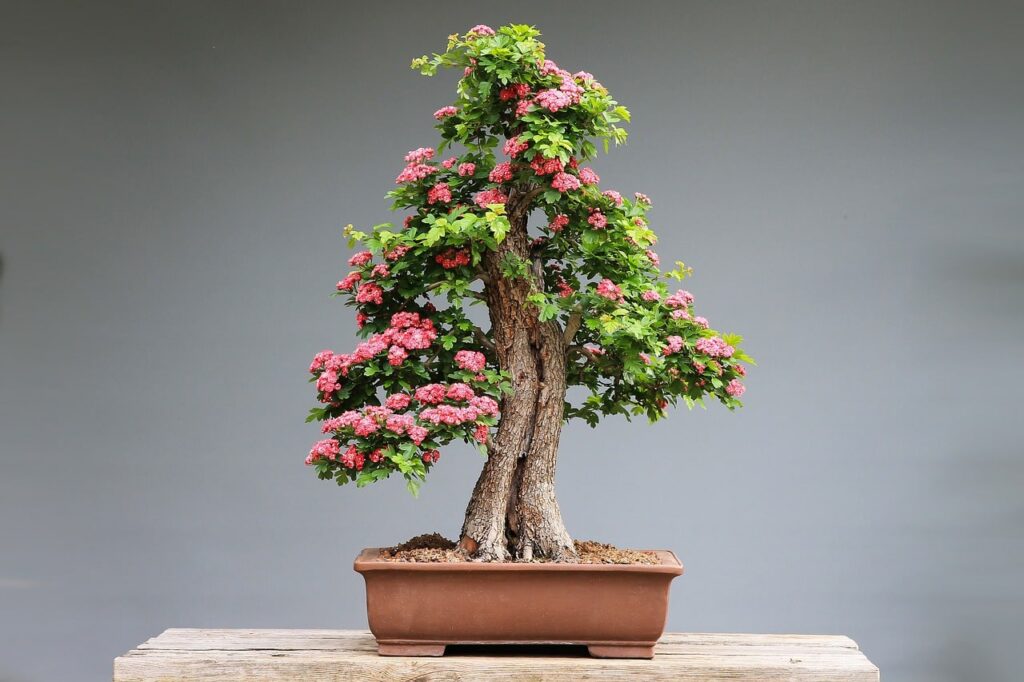
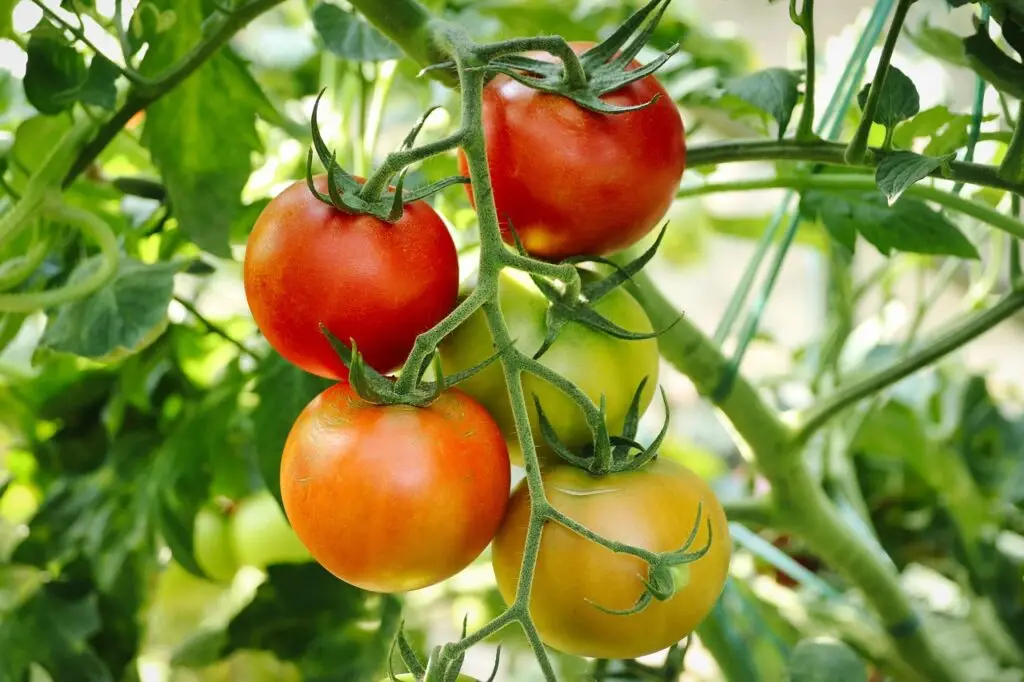
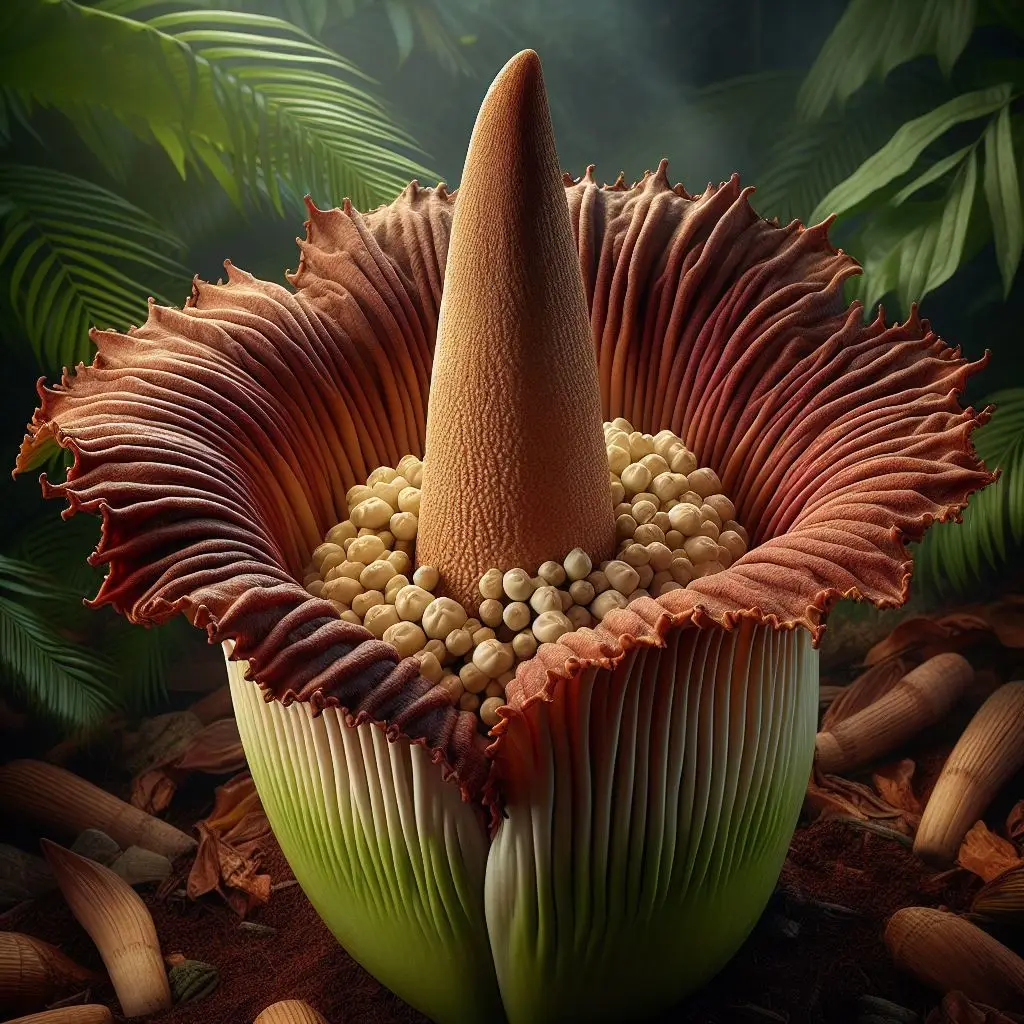



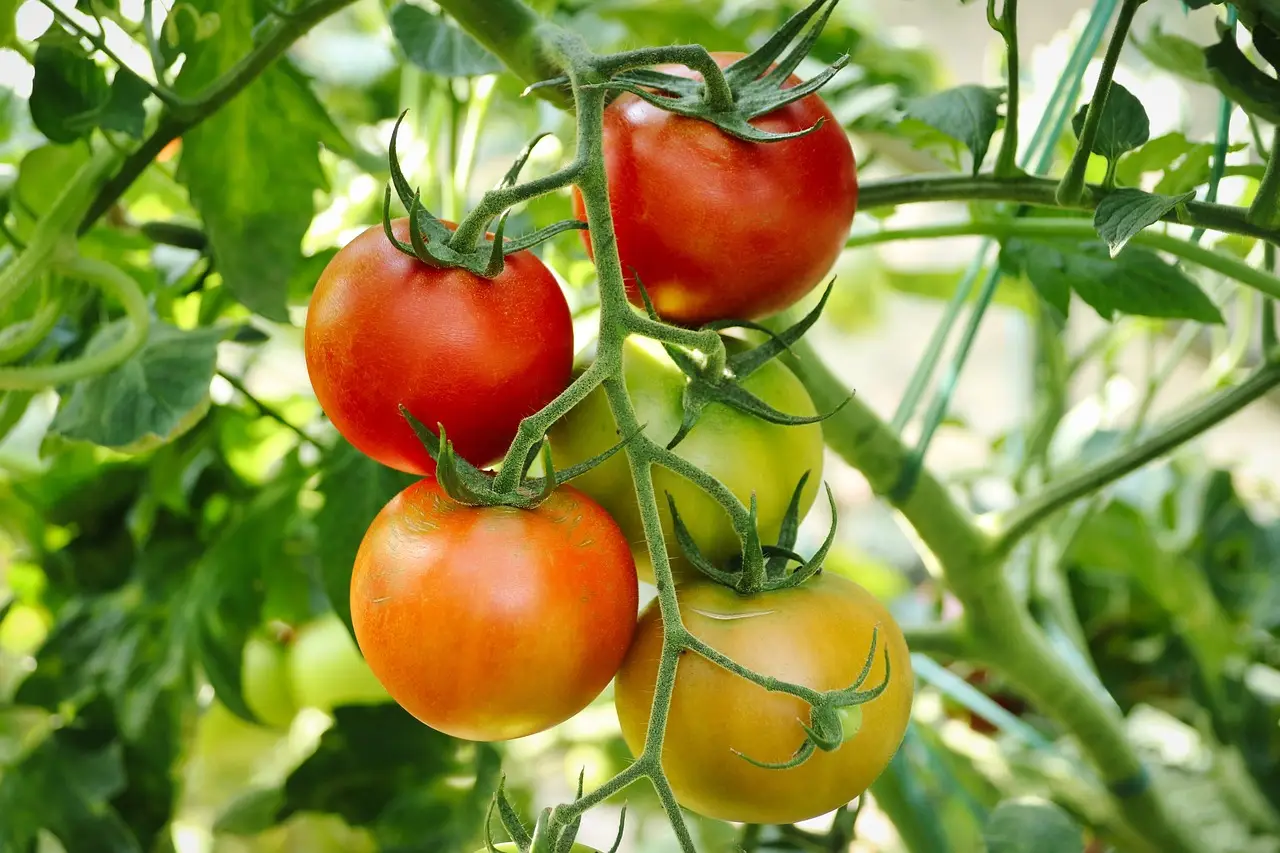

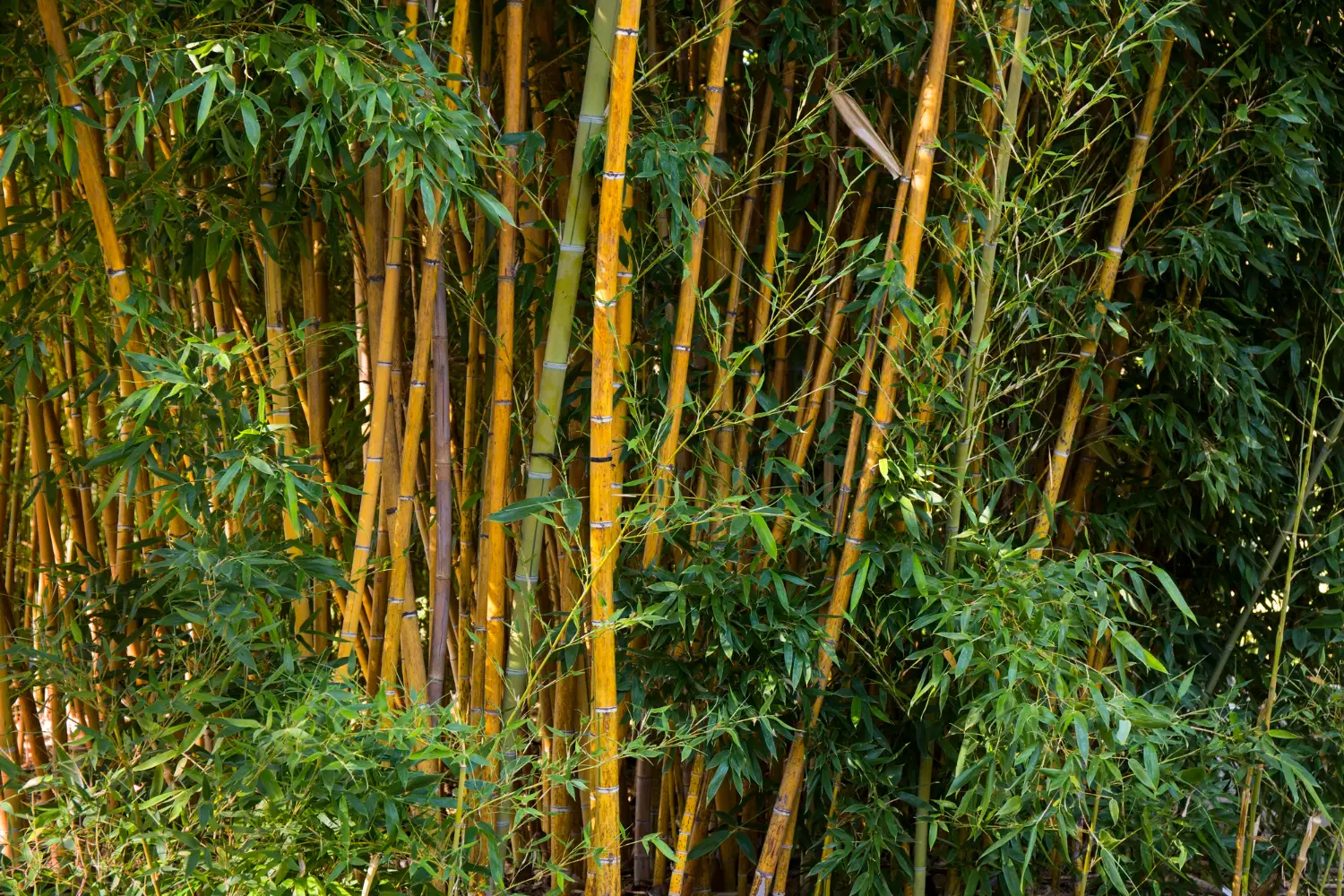
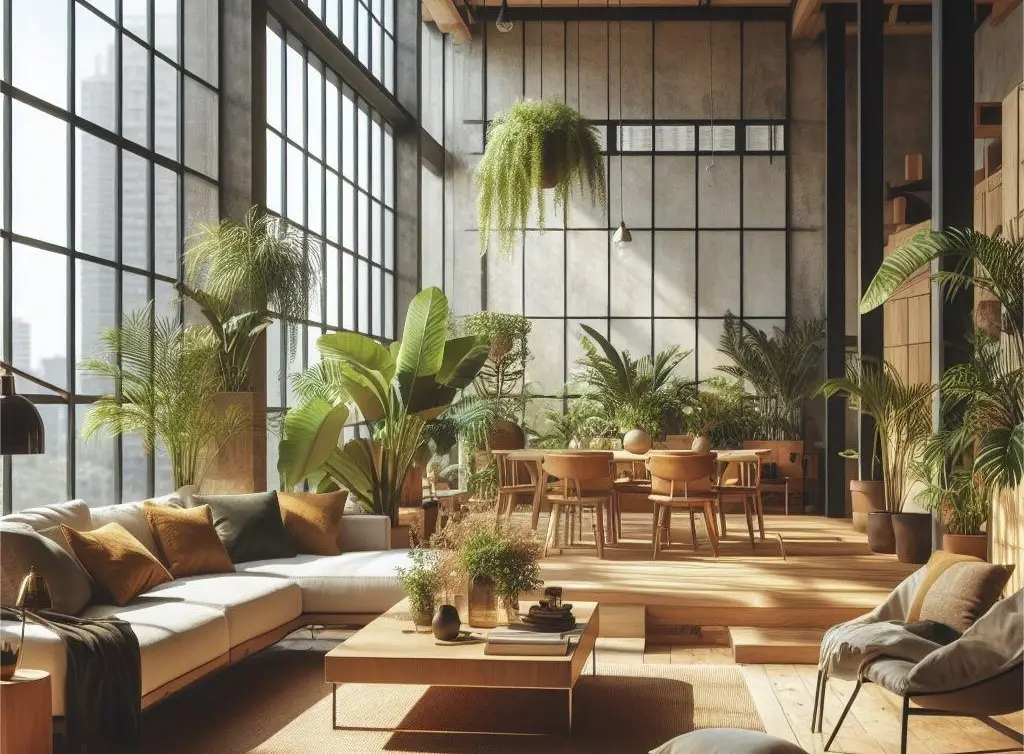
Leave a Reply